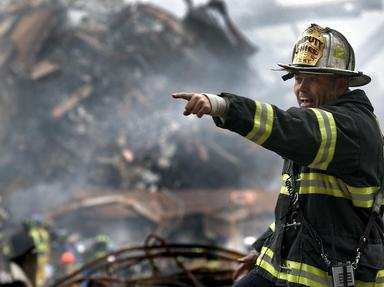Quiz Answer Key and Fun Facts
1. One of the strongest earthquakes ever recorded was the 1994 Northridge earthquake which occurred in which North American province/state?
2. Which American city was hit by a hurricane in 1900 which caused between 6,000-12,000 deaths?
3. Plagues can be just as devastating as other natural disasters, and sometimes even worse. The zoonotic disease known as the bubonic plague killed many thousands of people in 14th century Europe. What is meant by the term zoonotic?
4. Which of the following statements about avalanches is NOT true?
5. Which of these locations is most likely to experience a tsunami?
6. In 1989 over 1,300 people were killed by a single tornado in which of the following countries?
7. The Aberfan landslide in 1966 killed over 135 people, most of which fell into which of the following categories?
8. The failure of which food crop in Ireland in the mid-19th century caused the death of over one million people?
9. The only real difference between a hurricane, a cyclone, and a typhoon is the location where the storm occurs.
10. In 1971, a single lightning strike is believed to have caused the deaths of over 90 people.
Source: Author
dcpddc478
This quiz was reviewed by FunTrivia editor
bloomsby before going online.
Any errors found in FunTrivia content are routinely corrected through our feedback system.

